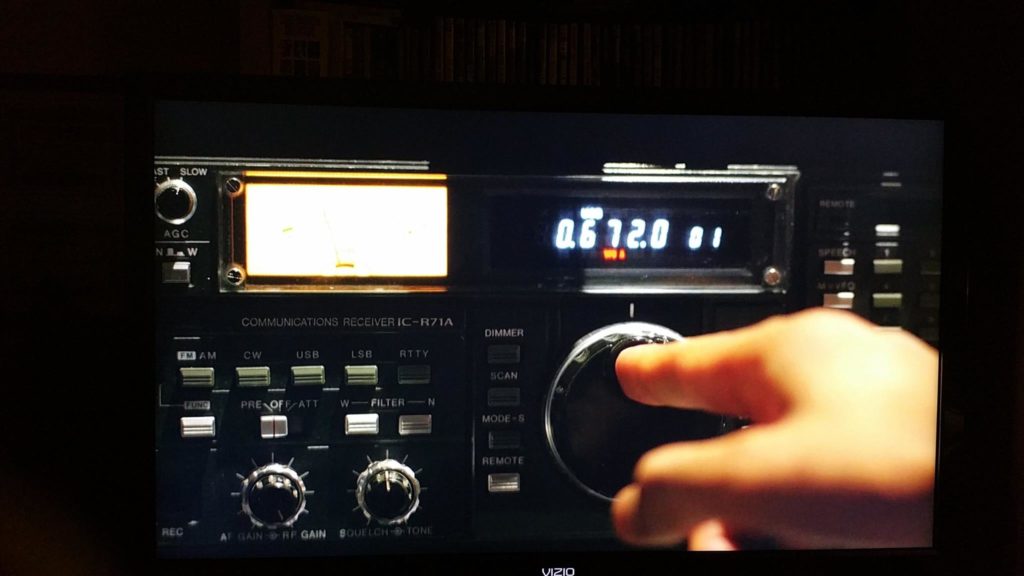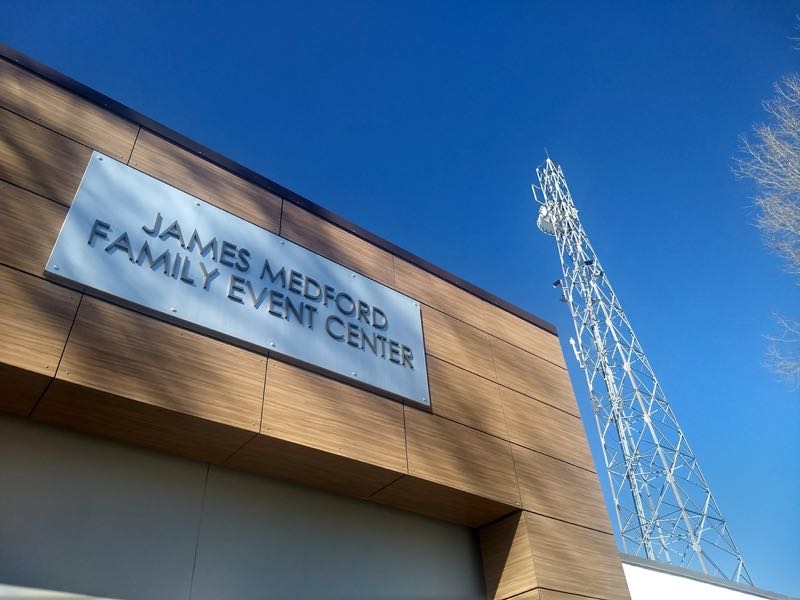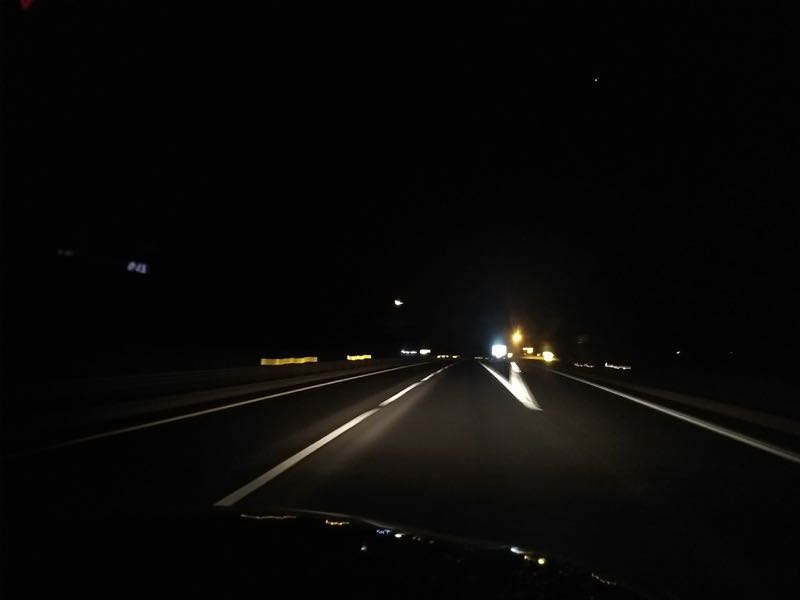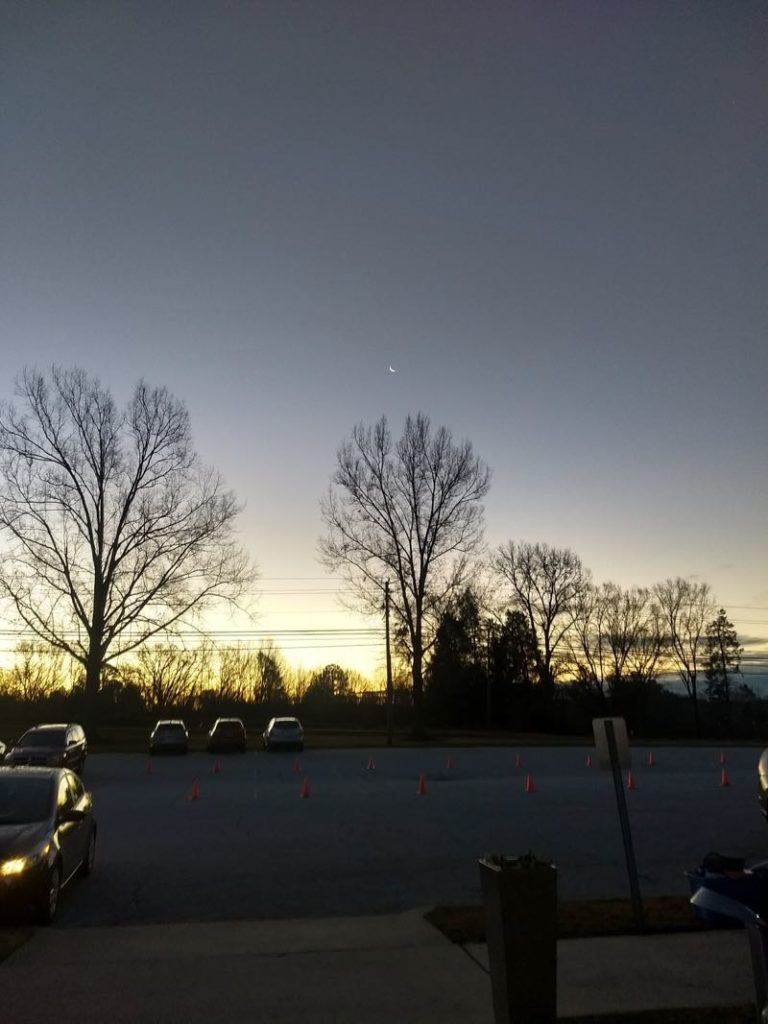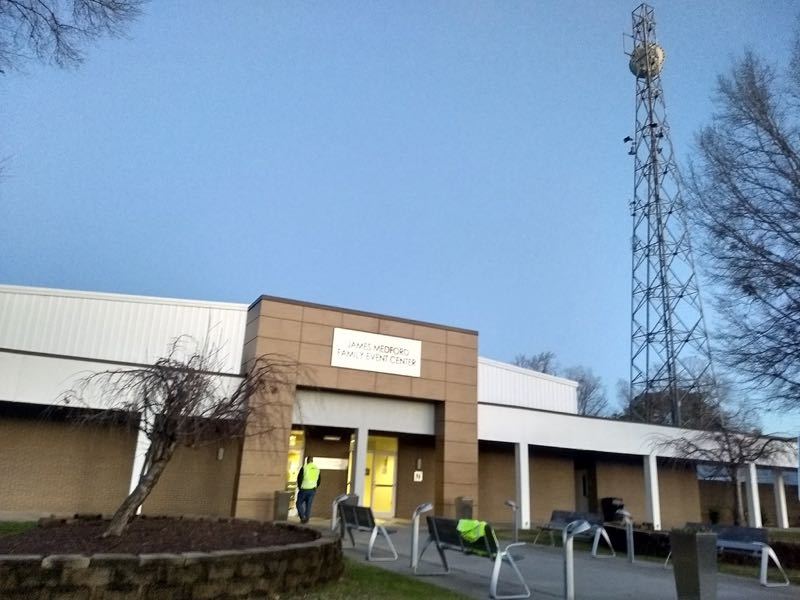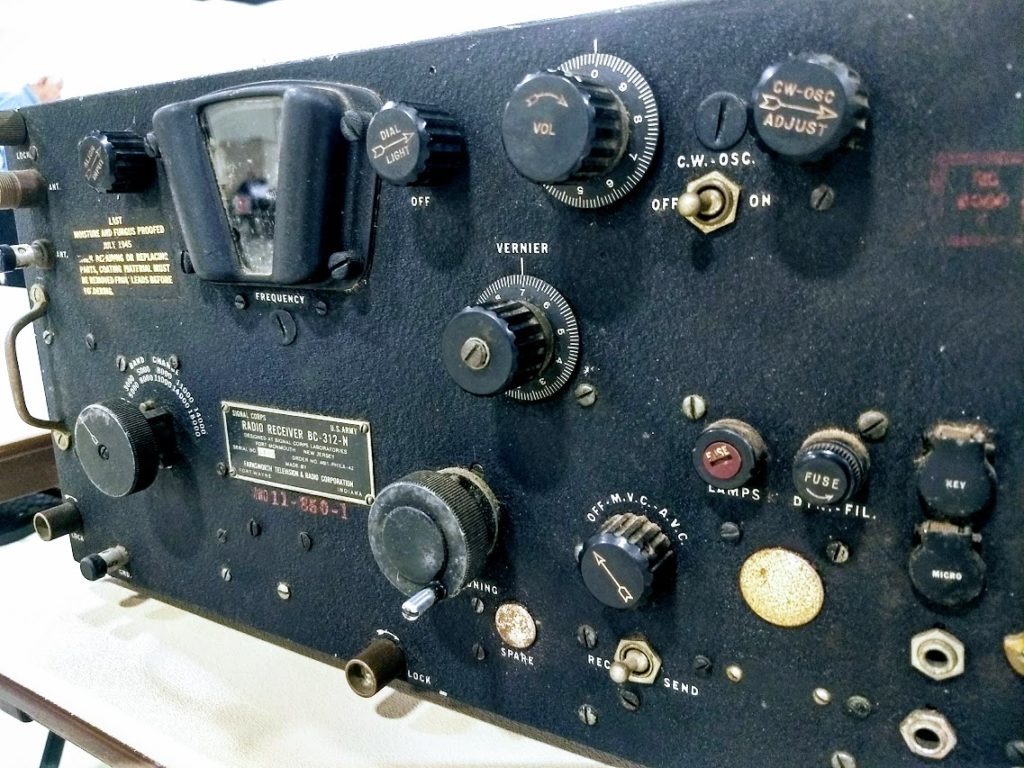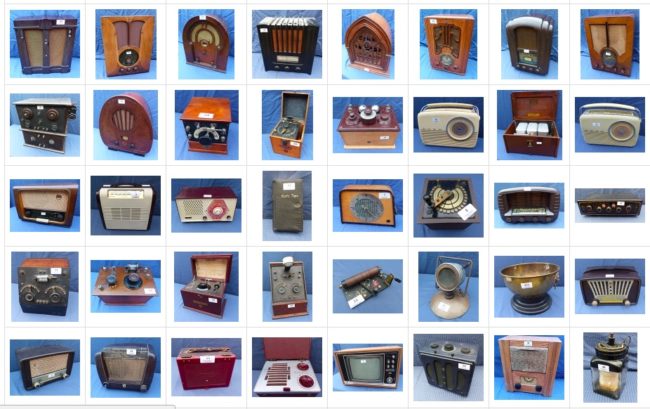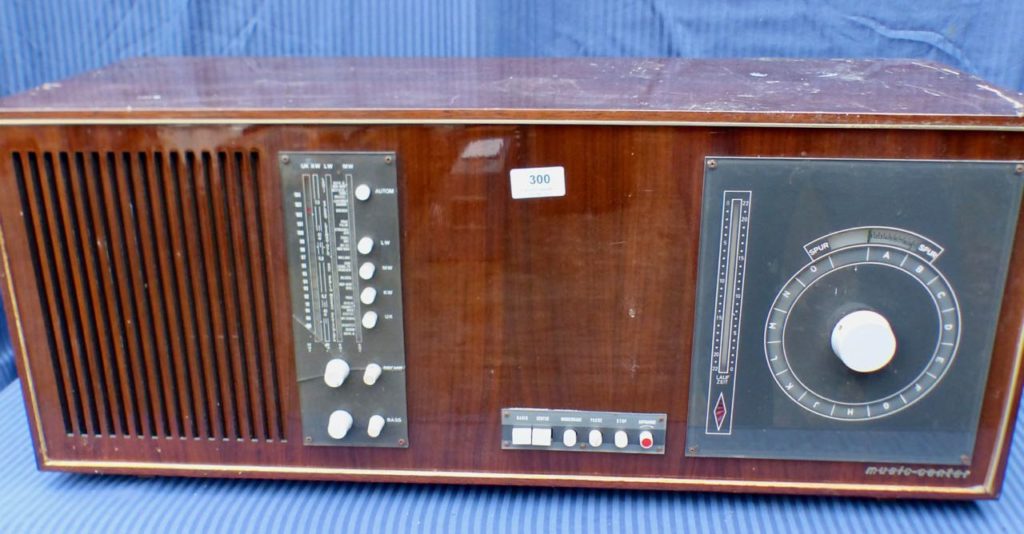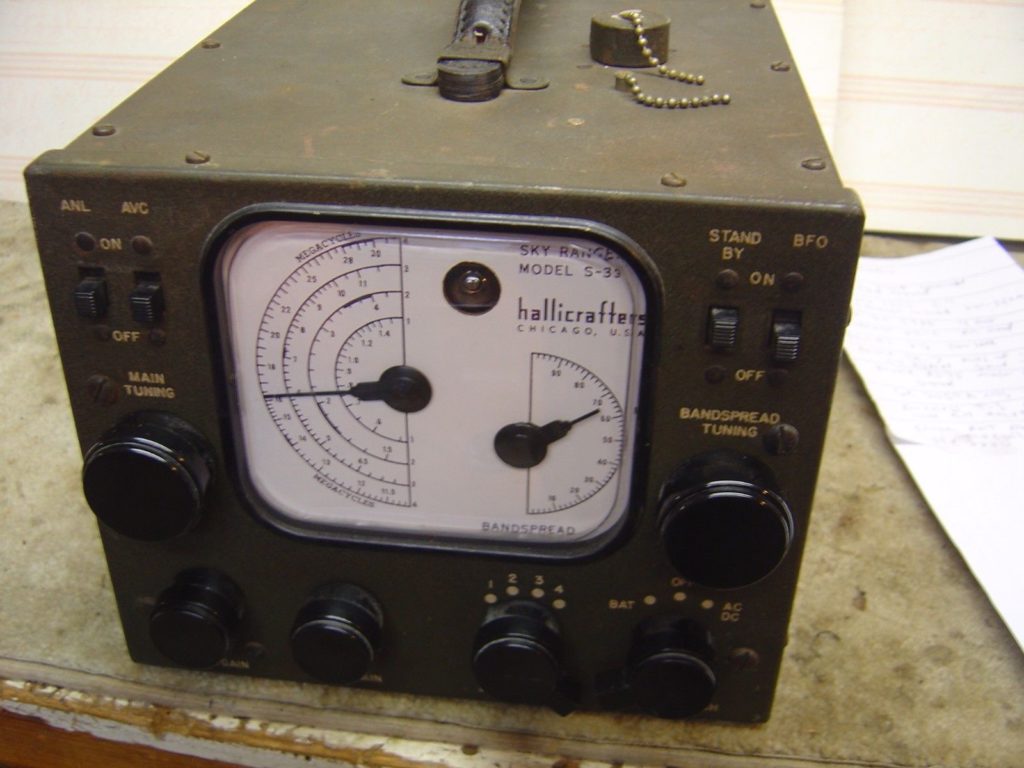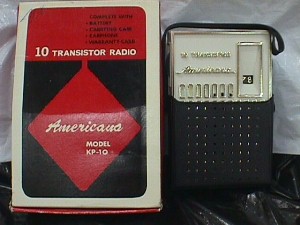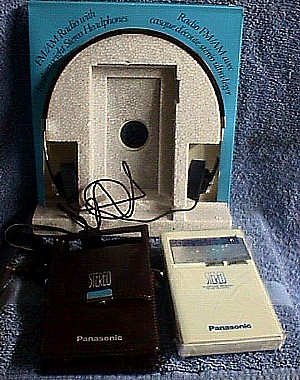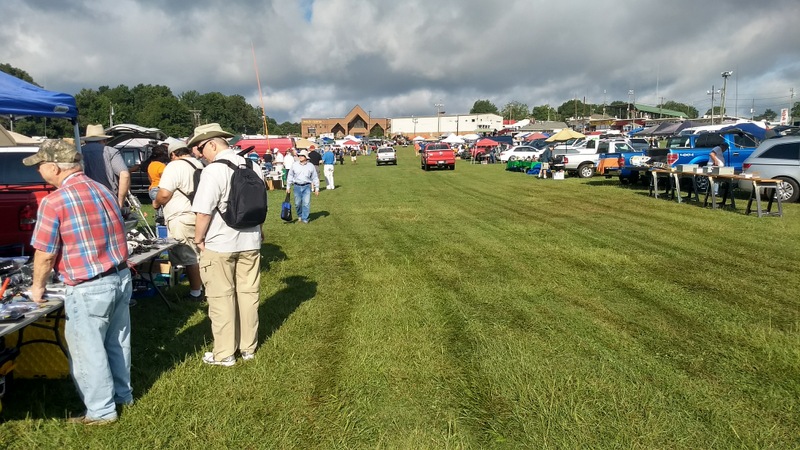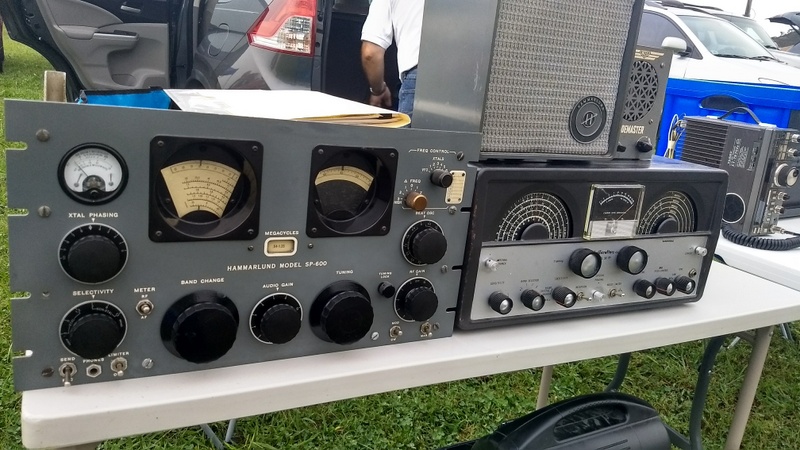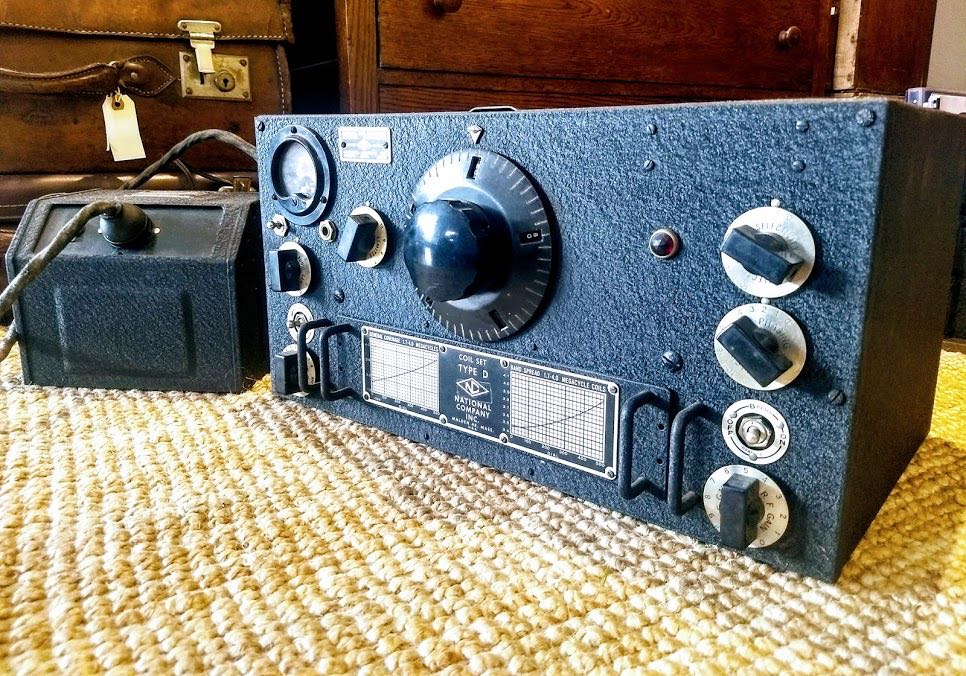
As I mentioned in a previous post, I’m in the process of selling and giving away radio gear that I no longer use or that’s been sitting on the workbench way too long.
This is an easier process when it involves modern gear, as I have comparatively little attachment to radios I could go out and purchase once again, should I feel so moved. The only modern portables I keep, regardless, are those I must have on hand for comparison testing and reviews. And, yes, I do have a number of favorites I never intend to sell.
But when it comes to vintage gear? Letting go is hard to do.
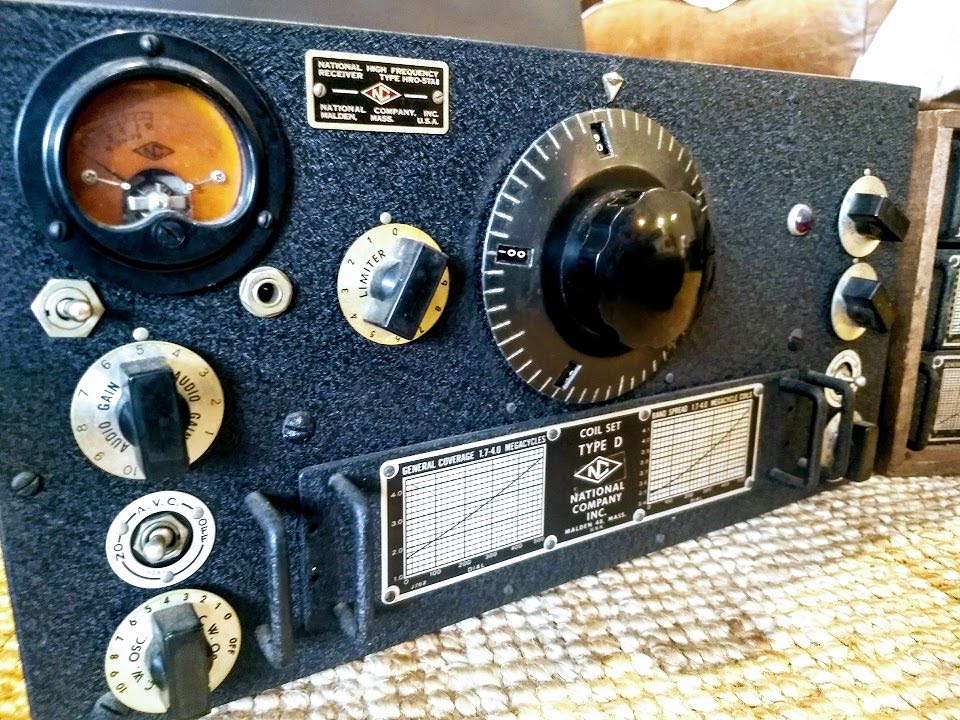
A few years ago, I acquired a bunch of vintage gear and accessories from a friend whose father was a radio operator in WWII. Since then, I’ve been selling this equipment and giving the proceeds to our non-profit (ETOW). I’ve also donated a lot of equipment to the Hickory Aviation Museum in North Carolina––I’m a member, and have been piecing together an AN/ARC-8 system for permanent display (only now lacking a good BC-348).
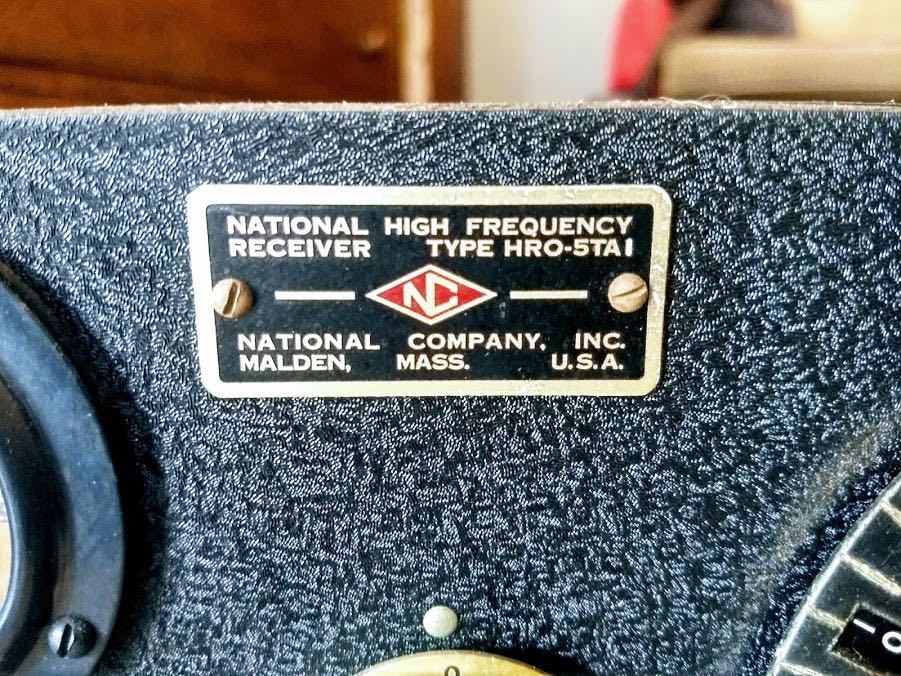
The only receiver I kept for myself was a National HRO-5TA1. It’s totally original and has likely not been operated since the late 1940s.
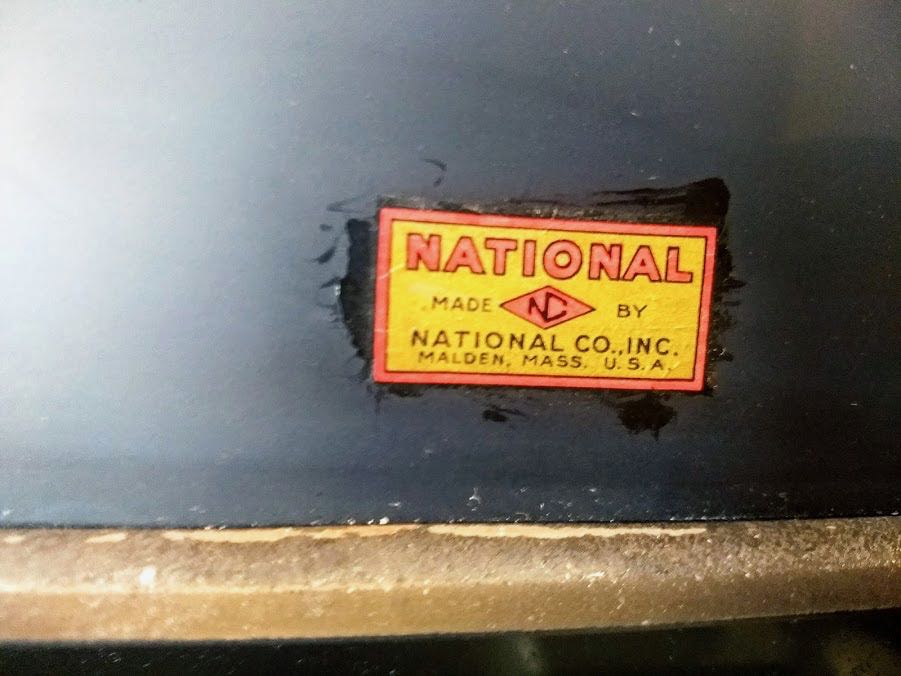
In a sense, this is the radio equivalent of a “barn find.”
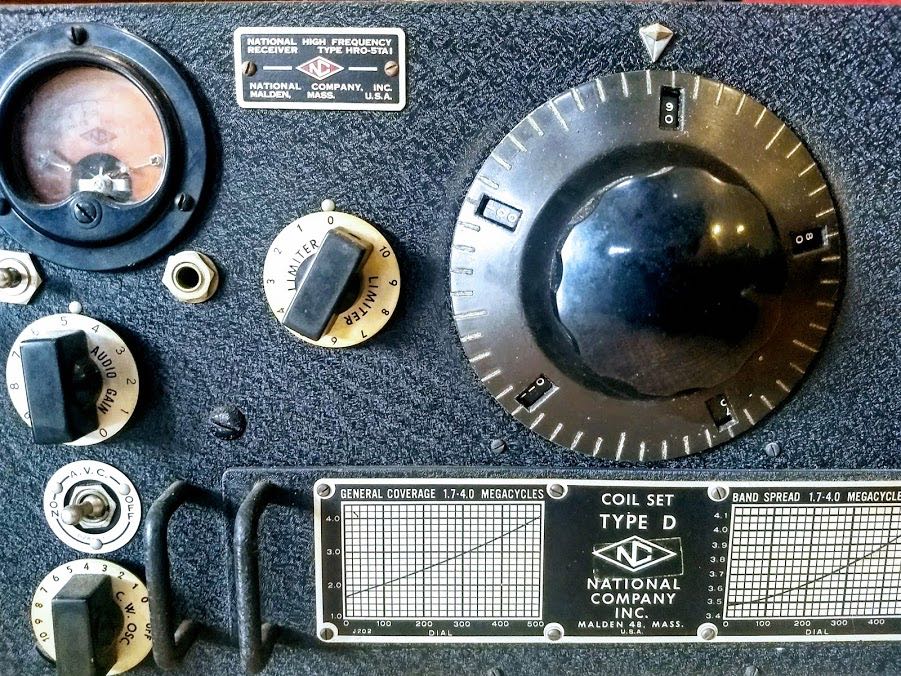
I love the HRO dial and the overall aesthetics of this vintage set. It absolutely shouts “1940s” radio––! These sets were initially manufactured during WWII under some large orders. Indeed, the “H.R.O.” acronym is said to be the National internal designation of the series…meaning, “Hellva Rush Order.” There were many variations of the National HRO; mine was the 1946 “5TA1.”
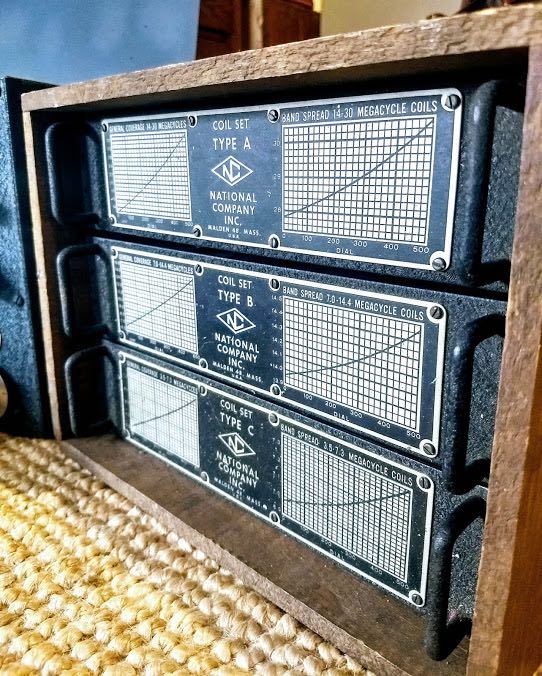
The HRO-5TA1 uses coils to change bands. My HRO has the full set of coils and even the coil box. To change coils, you simply pull out (unplug) the coil from the front of the receiver and plug in a new one.
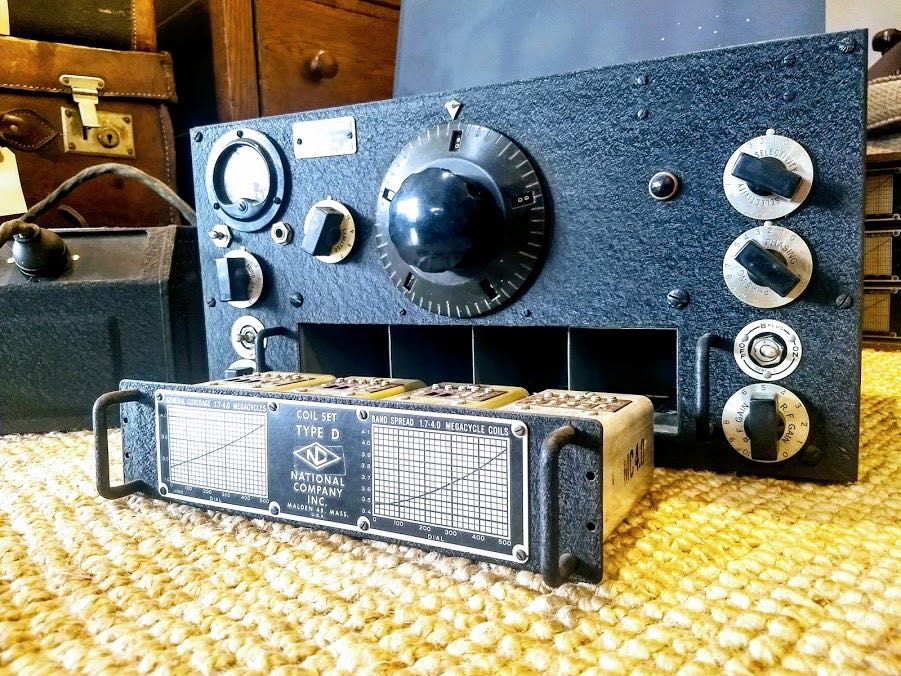
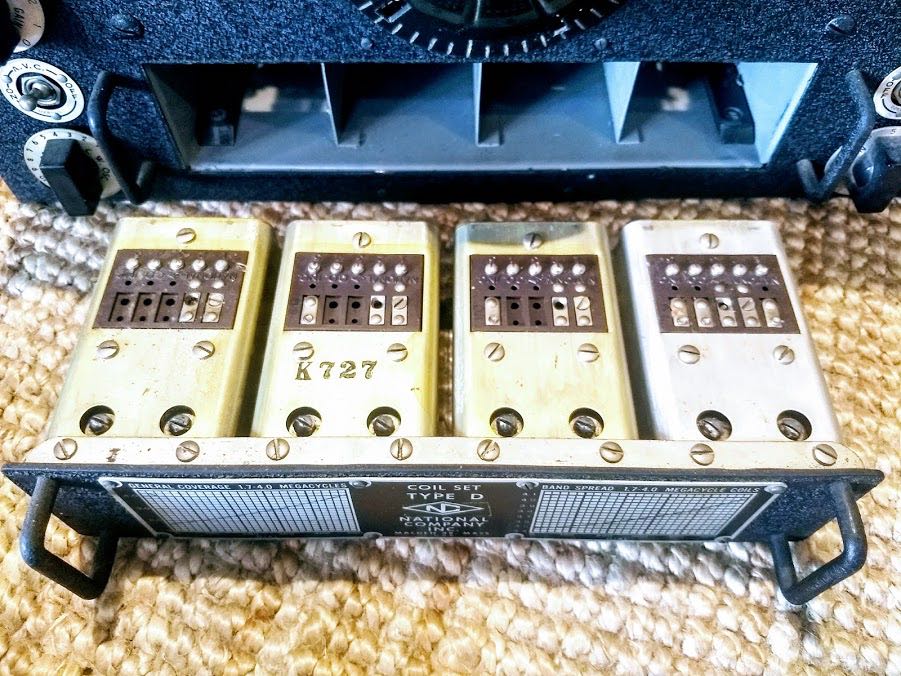
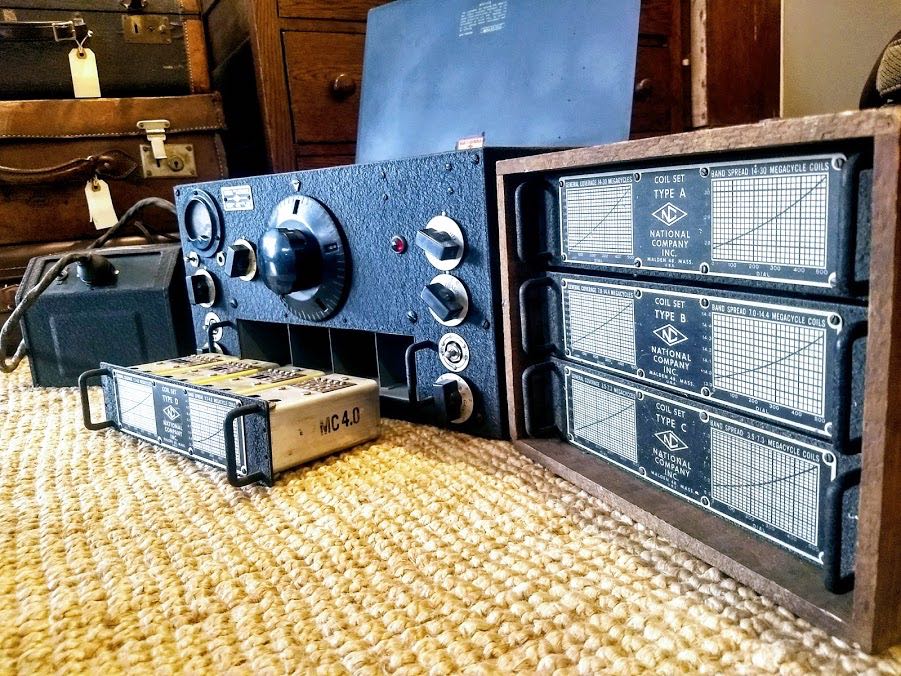 The power supply is self-contained and connects to the HRP-5TA1 via a four conductor plug.
The power supply is self-contained and connects to the HRP-5TA1 via a four conductor plug.
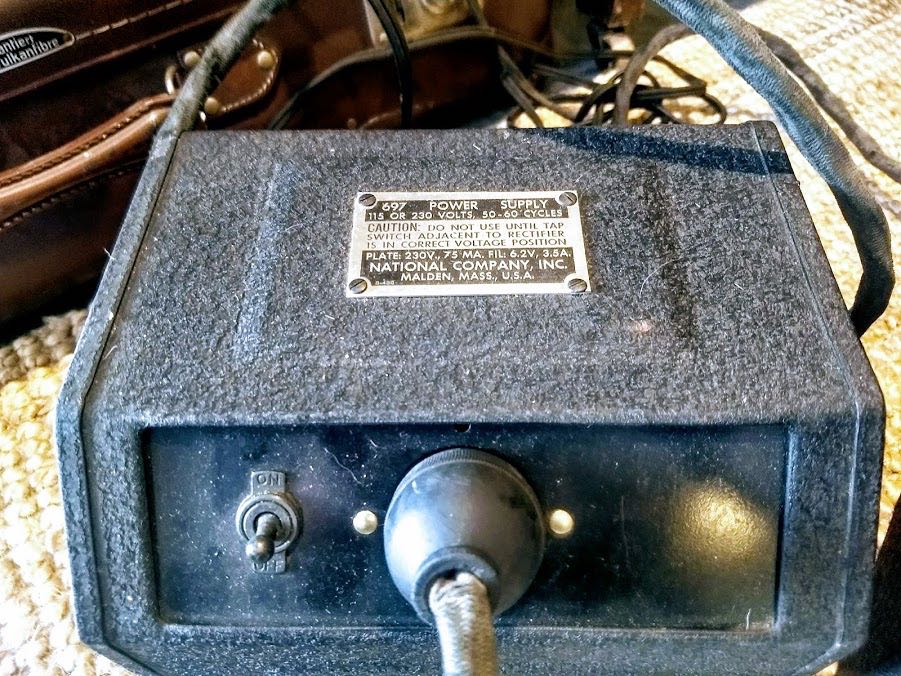 The back panel of the receiver couldn’t be more simple.
The back panel of the receiver couldn’t be more simple.
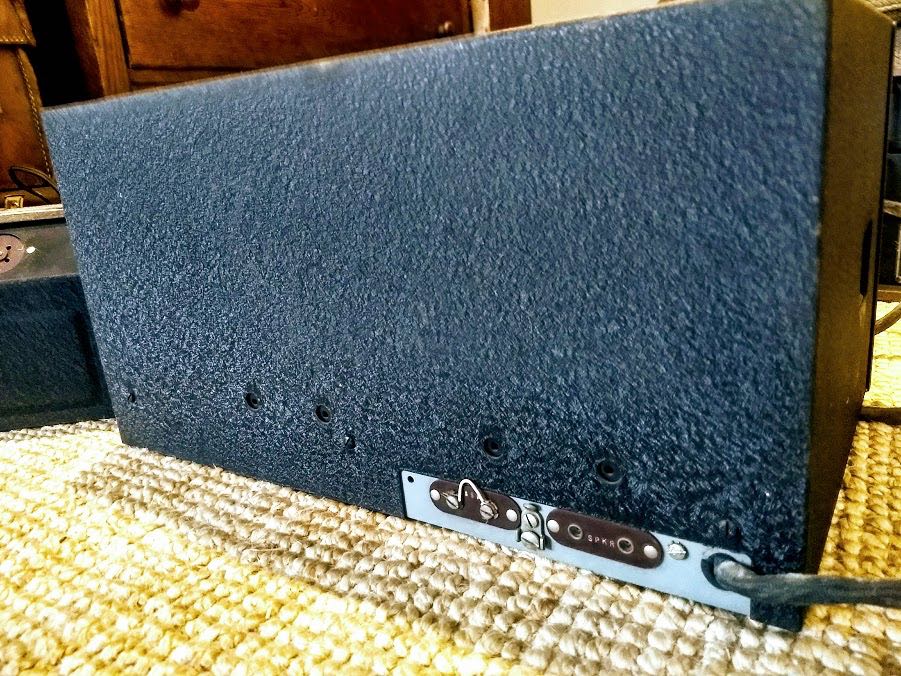
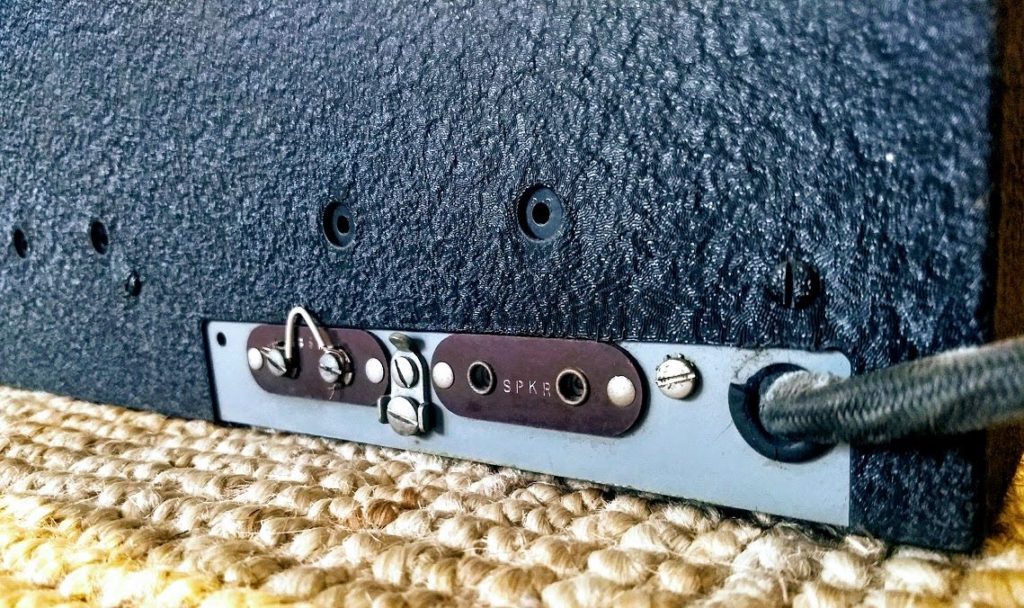
Inside, it’s impressively clean for its age; check this out:
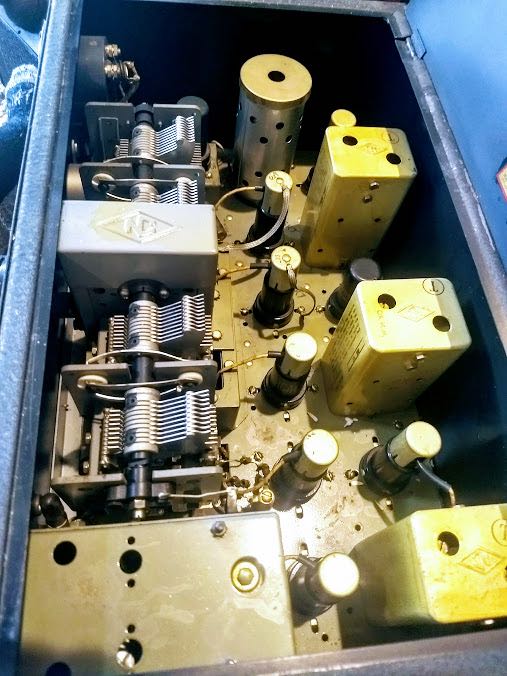
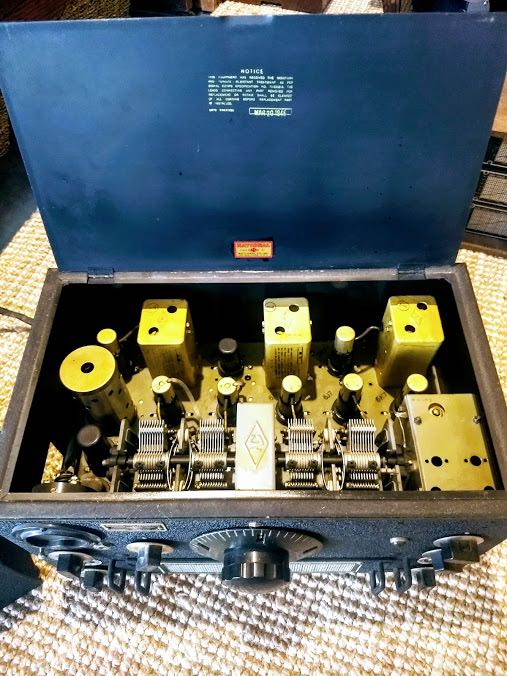 If you can’t tell, letting this one go is going to be one of the toughest I’ve experienced. Parting will, indeed, be sweet sorrow. I must give someone else an opportunity to put this girl on the air, else it will sit here for many more years before I have an opportunity to do the necessary upgrades to make her airworthy again (needs at least recapping).
If you can’t tell, letting this one go is going to be one of the toughest I’ve experienced. Parting will, indeed, be sweet sorrow. I must give someone else an opportunity to put this girl on the air, else it will sit here for many more years before I have an opportunity to do the necessary upgrades to make her airworthy again (needs at least recapping).
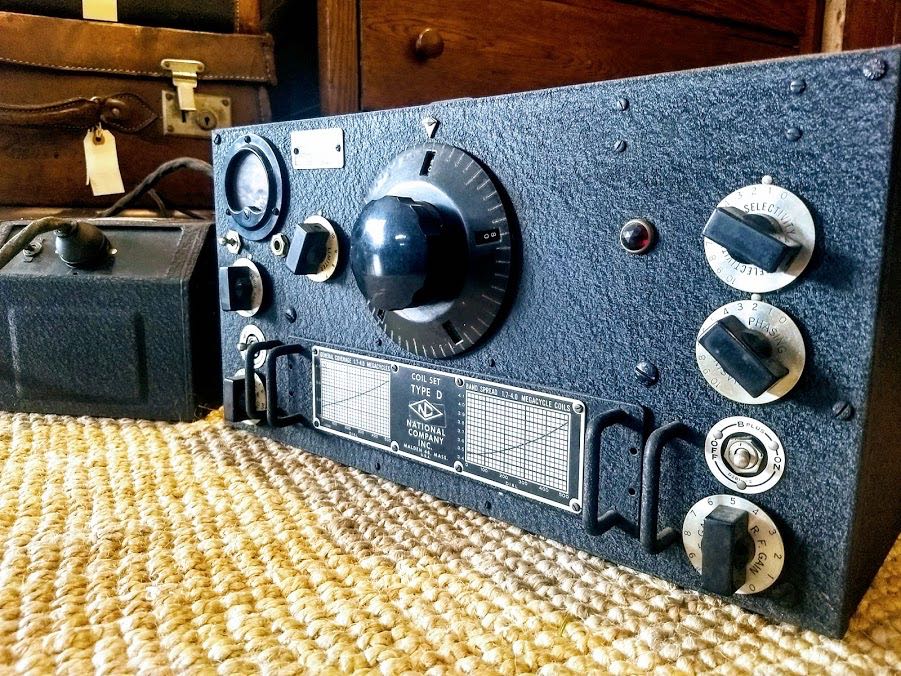
This weekend, my buddy, Vlado (N3CZ) and I will reserve a couple of tables at the Greenwood, SC hamfest. Unless I sell the HRO-5TA1 beforehand, you’ll find it on my table there!
On that note, readers, please comment if you have a suggestion what I should charge for this set. You can also comment if you think I’m crazy for selling it. It’s not going to be easy!

